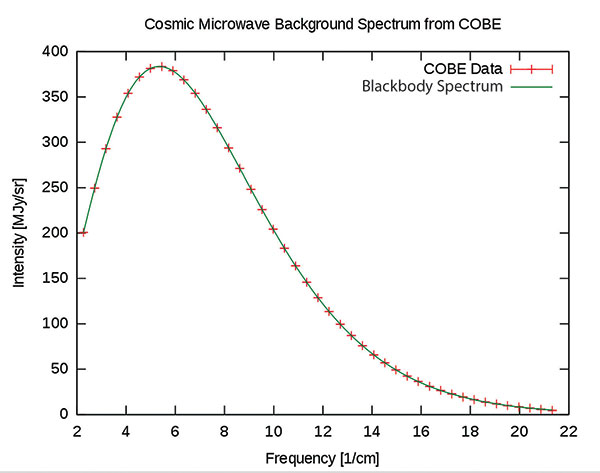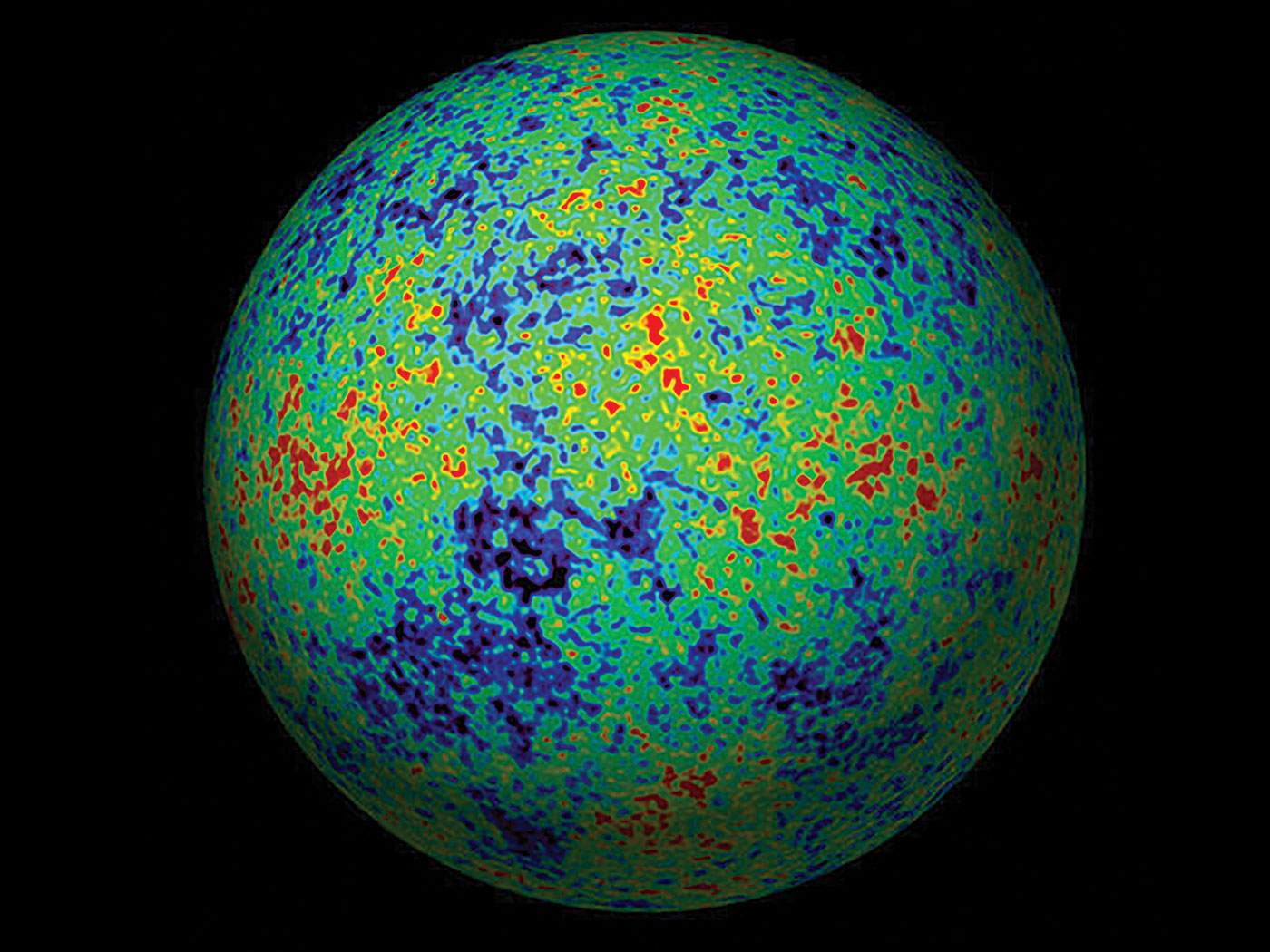There are
no facts of evolution and it would not be ToE either as they made assumption of millions and billions of years. The evos have no explanation for the beginning of space and time nor what the Big Bang was. Sure, there is the CMB, but it does not lead to human history. OTOH, creationists explain with the 6 Days of Creation. That has not been disproved and science has backed it up, along with the global flood.
However,
your Big Bang Theory has some
contradictions.
"Three main arguments are commonly used to support the Big Bang model of the universe’s origin
- The apparent expansion of the universe, inferred from redshifted spectra of distant galaxies;
- The fact that the Big Bang can account for the observed relative abundances of hydrogen and helium;
- The observed cosmic microwave background (CMB) radiation, thought to be an “afterglow” from a time about 400,000 years after the supposed Big Bang.
Although an expanding universe is consistent with the Big Bang, it doesn’t necessarily demand a Big Bang as its cause. One could imagine that for some reason God imposed an expansion on His created universe, perhaps to keep the universe from collapsing under its own gravity. Of course, this assumes that secular scientists’ interpretation of the redshift data is correct, which some creation scientists are starting to question.1
The second argument isn’t as impressive as it sounds. The Big Bang model is able to account for the observed abundances of hydrogen and helium because it contains an adjustable parameter called the
baryon-to-photon ratio. Big Bang scientists simply choose a value for this parameter that gives them the right answer. Even so, it’s not clear that the Big Bang can account for the total number of atoms (per unit volume) in the universe. And even with this adjustable parameter, the Big Bang cannot correctly account for the observed amounts of lithium isotopes.2,3
Figure 1. The intensity of the CMB radiation (as a function of frequency) very closely matches the intensity profile of a blackbody having a temperature of 2.7 Kelvins. Measurements were taken by NASA’s Cosmic Background Explorer (COBE) satellite.
Image credit: Public domain. Used in accordance with federal copyright (fair use doctrine) law. Usage by ICR does not imply endorsement of copyright holder.
However, the third argument, the existence of the CMB radiation, is a successful prediction of the Big Bang. We observe very faint but uniform electromagnetic radiation—radiation not associated with particular stars or galaxies—coming from all directions in space, and the intensity of this radiation is brightest in the microwave part of the electromagnetic spectrum. Big Bang scientists interpret this to be the oldest light in the universe, light emitted when the universe became cool enough for neutral hydrogen atoms to form. As the universe expanded, the wavelengths of these traveling photons were stretched so that most of them had wavelengths corresponding to the microwave part of the electromagnetic spectrum. The intensity of this CMB radiation (as a function of wavelength or frequency) very closely matches the intensity of the radiation given off by an ideal emitter/absorber that physicists call a
blackbody. Such a blackbody would have a temperature of 2.7 Kelvins, or about -270° Celsius (Figure 1)."
Introduction Three main arguments are commonly used to support the Big Bang model of the universe’s origin: The apparent expansion of the universe, inferred from redshifted spectra of distant galaxies; The fact that the Big Bang can account for the observed relative abundances of...

www.icr.org

